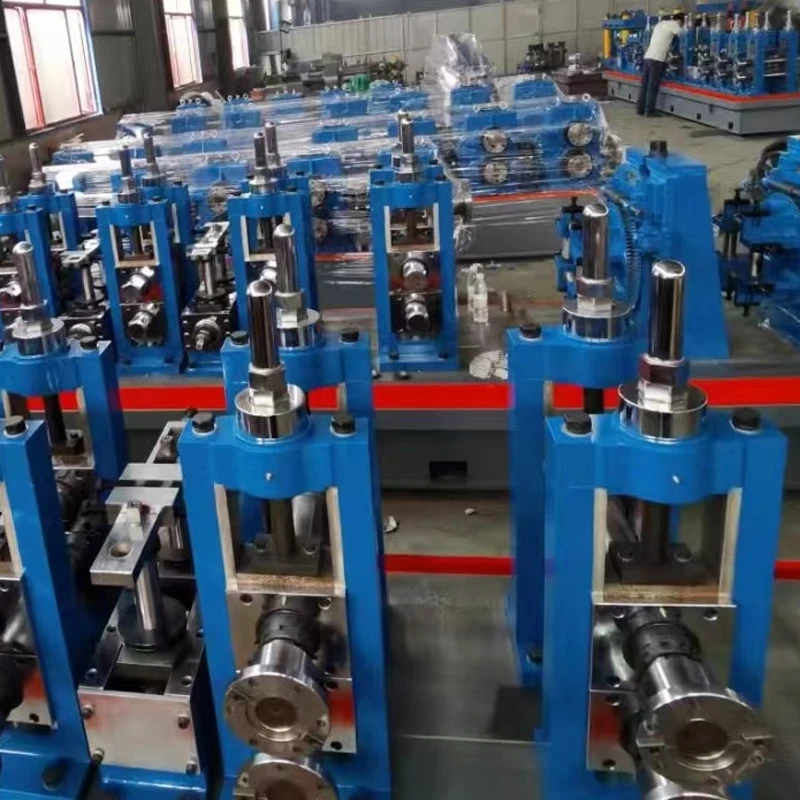Efficient Hose Crimping Solutions for Reliable Fluid Transfer Systems and Equipment
Understanding Hose Crimpers The Unsung Heroes of Hose Assembly
In various industrial applications, hose assemblies play a crucial role. Whether they're used in hydraulic systems, pneumatic systems, or fluid transfer applications, the integrity and reliability of these hoses are paramount. One essential tool that ensures the longevity and performance of hose assemblies is the hose crimper. In this article, we’ll delve into the critical functions of hose crimpers, their types, applications, and tips for choosing the right one for your needs.
What is a Hose Crimper?
A hose crimper is a specialized tool designed to attach fittings to hoses securely. By compressing the hose and fitting together through a precise crimping process, these tools ensure a leak-proof seal that can withstand high pressures and rigorous conditions. Hose crimping is an essential step in the assembly of hoses used across various industries including automotive, aerospace, agriculture, and manufacturing.
Types of Hose Crimpers
1. Manual Hose Crimpers These are hand-operated tools ideal for small-scale operations or for those working with a limited volume of hose assemblies. They are more affordable but require physical effort and may not be suitable for high-volume production environments.
2. Hydraulic Hose Crimpers Hydraulic crimpers use hydraulic pressure to perform crimping tasks. They are designed for high-volume production and can handle demanding tasks efficiently. Ideal for heavy-duty applications, hydraulic crimpers are popular in industries that require a high level of precision and reliability.
3. Electric Hose Crimpers Combining the efficiency of hydraulic systems with the ease of electric operation, these crimpers are powered electrically to provide consistent crimping pressure. They are suitable for high-volume manufacturing processes and can improve productivity significantly.
Applications of Hose Crimpers
Hose crimpers find applications in numerous sectors
- Automotive Industry Used to create robust connections in brake lines, fuel lines, and hydraulic systems and ensuring safety and reliability.
- Agriculture In farming equipment, hose crimpers secure connections for hydraulic systems that power tractors and other machinery, ensuring efficient operation.
- Construction In construction machinery, hoses deliver vital fluids at high pressure, and crimpers ensure that these hoses maintain their integrity under demanding conditions.
- Manufacturing In factories, hoses are crucial for transferring air, oil, and other fluids. Hose crimpers help create reliable connections that support automated machinery.
hose crimper

Selecting the Right Hose Crimper
Choosing the right hose crimper depends on several factors
- Hose Type and Size Make sure the crimper is compatible with the hose size and type you are using. Some crimpers are designed for specific types of hoses.
- Volume of Work Consider your production needs. For low-volume applications, a manual crimper might suffice, whereas higher-volume needs would benefit from an electric or hydraulic crimper.
- Pressure Requirements Different applications have varying pressure requirements. Check the crimper's specifications to ensure it can handle the necessary pressure without compromising performance.
- Budget Prices can vary significantly between manual, hydraulic, and electric crimpers. Assess your budget against your operational needs.
Tips for Effective Crimping
1. Understand the Specifications Familiarize yourself with the hose and fitting specifications before crimping. The right size and type are critical to successful assembly.
2. Practice Safety Always wear appropriate safety gear when operating crimpers, especially hydraulic ones, as they can exert significant force.
3. Regular Maintenance Keep your crimper well-maintained and calibrated to ensure optimal performance and accuracy. This will prolong its life and enhance its performance.
4. Training Proper training on how to use a hose crimper is essential. This helps in avoiding errors that can lead to faulty assemblies.
Conclusion
Hose crimpers might not be the most glamorous tools in an industrial setting, but they are undeniably vital. By ensuring robust and secure connections in hose assemblies, they contribute significantly to the safety, efficiency, and longevity of hydraulic and pneumatic systems in various applications. Understanding the types of crimpers available, their applications, and how to choose the right one can make a substantial difference in your operational success. Whether you're in manufacturing, construction, or any other industry that relies on hose assemblies, investing in the right hose crimper is a step toward ensuring reliable and efficient operations.
-
High Frequency Straight Seam Welded Pipe Production Line-BzZhou Xinghua Machinery Equipment Manufacturing Co., LTD.|line pipe steel&welded gas pipeNewsJul.30,2025
-
High Frequency Straight Seam Welded Pipe Production Line-BzZhou Xinghua Machinery Equipment Manufacturing Co., LTD.|High Precision&Automated SolutionsNewsJul.30,2025
-
High Frequency Straight Seam Welded Pipe Production Line - BzZhou Xinghua Machinery Equipment Manufacturing Co., Ltd.NewsJul.30,2025
-
High Frequency Straight Seam Welded Pipe Production Line-BzZhou Xinghua Machinery Equipment Manufacturing Co., LTD.|Precision Welding, High EfficiencyNewsJul.30,2025
-
High Frequency Straight Seam Welded Pipe Production Line|BzZhou Xinghua|Precision Welding&EfficiencyNewsJul.30,2025
-
High Frequency Straight Seam Welded Pipe Production Line - BzZhou Xinghua|Precision Engineering&EfficiencyNewsJul.30,2025


